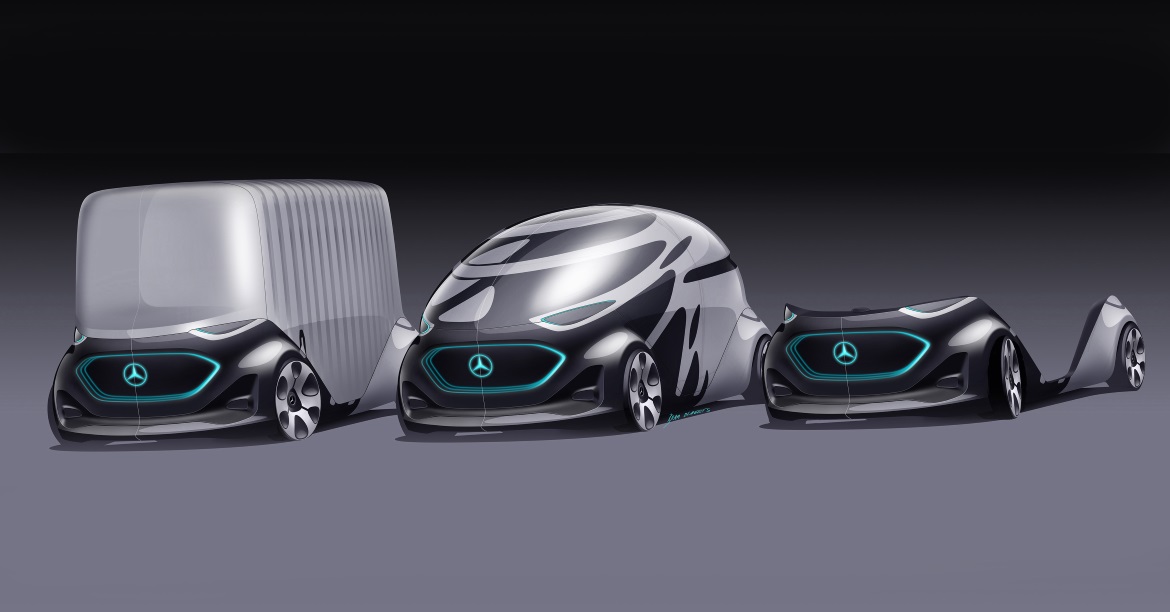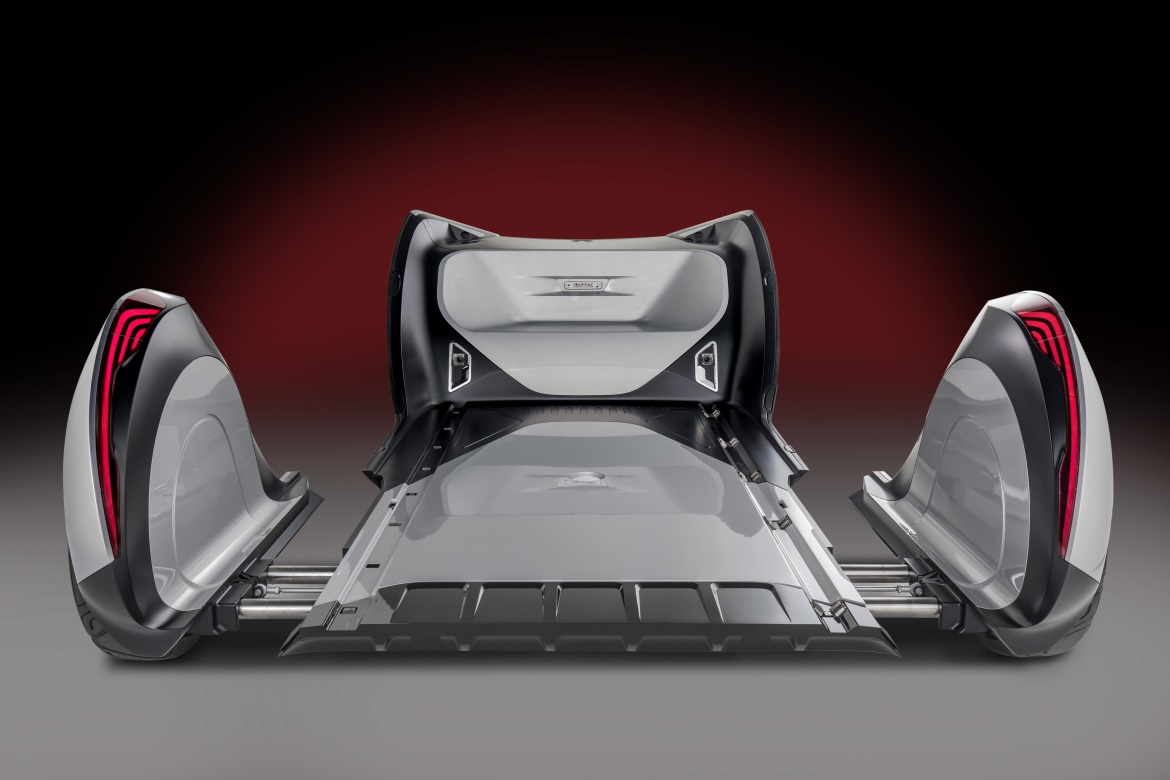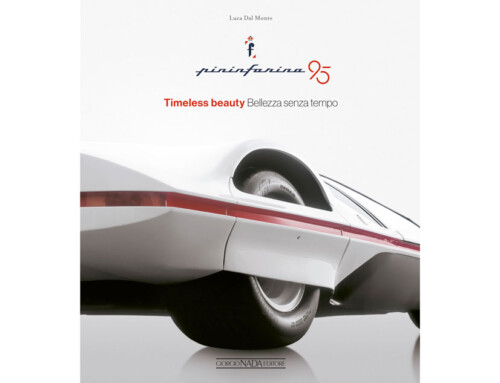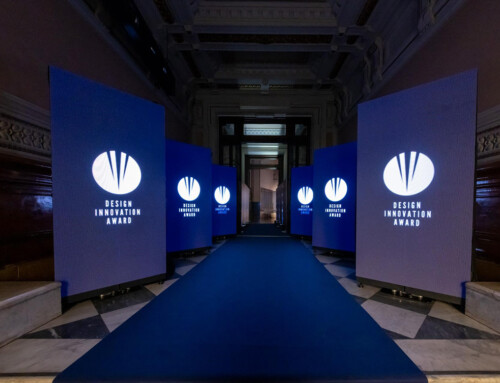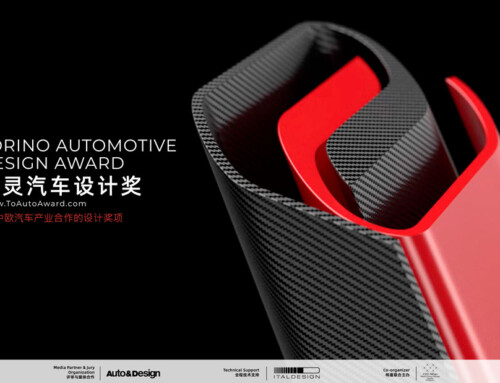The design of the Mercedes-Benz Vision Urbanetic is a combination of intelligence and aesthetics. The Mercedes-Benz designers were faced with the challenge not only of creating a standalone design language and standalone aesthetic for a completely new mobility concept, they also had to combine the autonomous driving platform with two bodies for entirely different purposes. At the same time, they had to generate striking contrasts between the individual elements. The outcome is a vehicle consisting of three different elements that nevertheless looks like a whole, regardless of the combination.
“Vision Urbanetic takes our design language of sensual purity way into the future. We’ve created a standalone aesthetic for a mobility concept that has never before existed”, says Gorden Wagener, Chief Design Officer of Daimler AG. The skateboard chassis serves as a technology prototype and incorporates all driving functions. It is therefore designed purely for functionality. Led displays front and rear communicate with the outside world and inform pedestrians and other road users about the vehicle’s imminent actions and reactions. Instead of headlamps, the skateboard chassis is fitted with sensors that deploy or retract depending on driving status and thus serve as an indicator for autonomous driving.
The aim was to find a new exterior and interior design for a previously non-existent form of people moving. The designers incorporated elements from urban architecture into the exterior. They chose an organic form with a natural structure, which enabled a high degree of aesthetics to be coupled with a form that offers maximum bodyshell stiffness using the lowest possible amount of material. The exterior design is, on one hand, business-like, while, on the other, open, emotional and inviting due not least to its unique communication features.
A number of different lighting elements along the outside, the organic structure, provide the vehicle with a new way of entering into dialogue with the world around it. One particular highlight is the person recognition, which projects the intelligence of the sensors onto the outer skin of the people-mover. This gives passers-by in the vicinity a feeling of safety, while at the same time stimulating the urge to engage light-heartedly with the vehicle. The interior design of the people-mover module has been systematically configured for the diverse needs of the passengers. The passenger cabin is divided into three different zones connected seamlessly with one another: a lounge in the rear, a zone in the middle for standing and a seated area up front.

